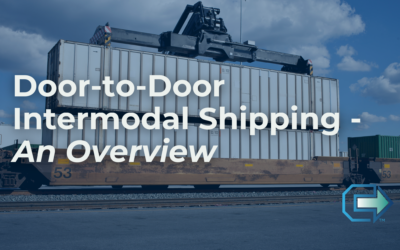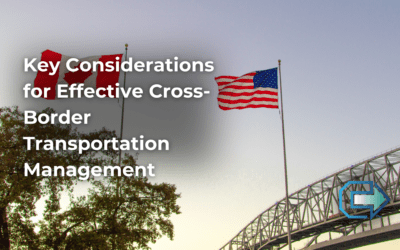The possibility of a trade war is causing U.S. importers to look for ways to handle increased customs fees. This means that doing business is likely to cost more. Importers can take certain steps, like checking tariff codes, confirming where goods come from, negotiating prices with sellers and buyers, and exploring different markets to buy or sell products.
Using Bonded Warehouses and Foreign Trade Zones (FTZs)
In uncertain trade times, all options should be explored. One useful approach that often gets overlooked is using customs bonded warehouses and FTZs. These facilities help businesses manage when they pay customs duties, which can improve cash flow. They can even allow businesses to avoid paying duties on goods that will be exported, which is increasingly beneficial since some new tariffs limit recovery of duties on exported goods. This means businesses can better control expenses and avoid unnecessary costs during fluctuating trade policies.
Advantages and Limitations
Bonded warehouses and FTZs are secure places where imported goods can be stored or processed without paying duties for a limited time. The main difference is that goods in bonded warehouses are technically considered to be in the U.S. customs territory and are subject to duties, while goods in FTZs are not, even though they are physically located in the U.S. Both offer similar advantages regarding duty treatment.
Using bonded warehouses allows for some product handling, such as sorting and repackaging, without officially importing the products. However, manufacturing is limited and usually requires goods to be imported first. FTZs allow for more flexibility, permitting manufacturing as well as product handling without needing to pay duties upfront.
Another important point is how products can be removed from these spaces. In bonded warehouses, you must take out the entire shipment and pay duties. In FTZs, products can be removed in smaller amounts, making it easier to adapt to changing trade conditions.
How They Work
U.S. Customs and Border Protection (CBP) manages bonded warehouses. A shipper or customs broker can store items there under an importer’s bond for up to five years. There are rules around how product handling works, and permits may be required for certain activities.
FTZs, overseen by the U.S. Foreign Trade Zones Board along with CBP, can also be established by companies but require a detailed application process. FTZs can take longer to set up, ranging from three to twelve months. They serve as economic tools aimed at improving trade conditions and require thorough justification when applying.
Both warehouses and FTZs need to follow certain regulations regarding operations and may require regular reporting and compliance checks.
Making the Right Choice
The decision between using a bonded warehouse or an FTZ should be based on what you want to achieve. Bonded warehouses are suitable for storage and light handling but not much manufacturing. In contrast, FTZs support all kinds of manufacturing and offer easier product removal but come with stricter regulations.
As trade policies continue to change, businesses must stay informed and select the best options for their operations, considering both benefits and costs.
Cornerstone is ready to assist with any supply chain challenges your company may be facing. If you need a consultation or a quote, click here to reach out.






